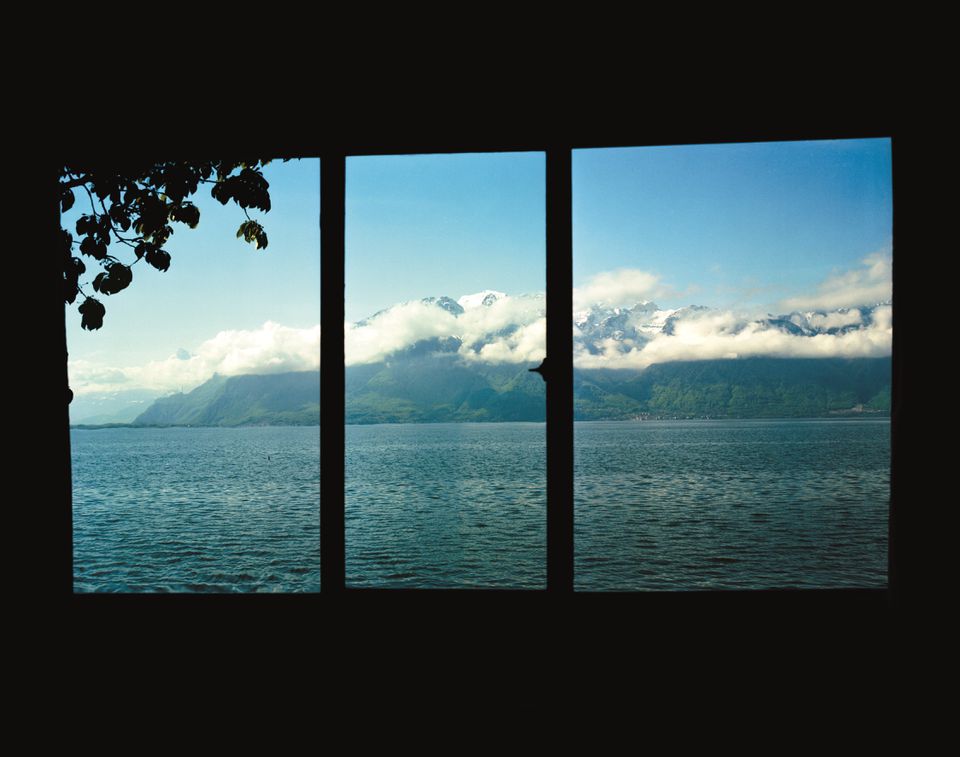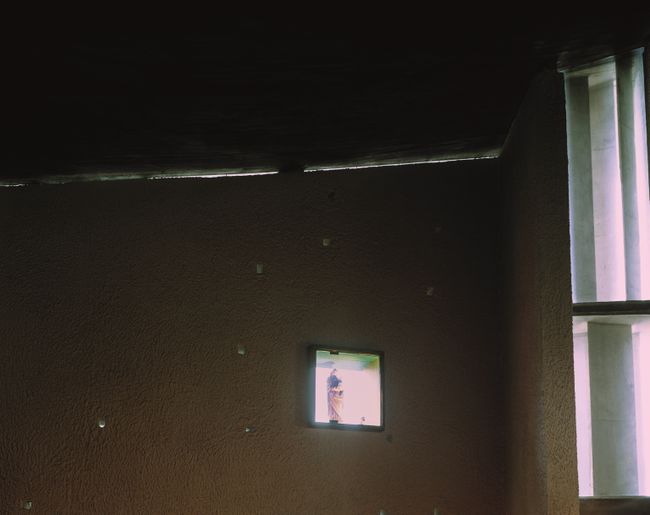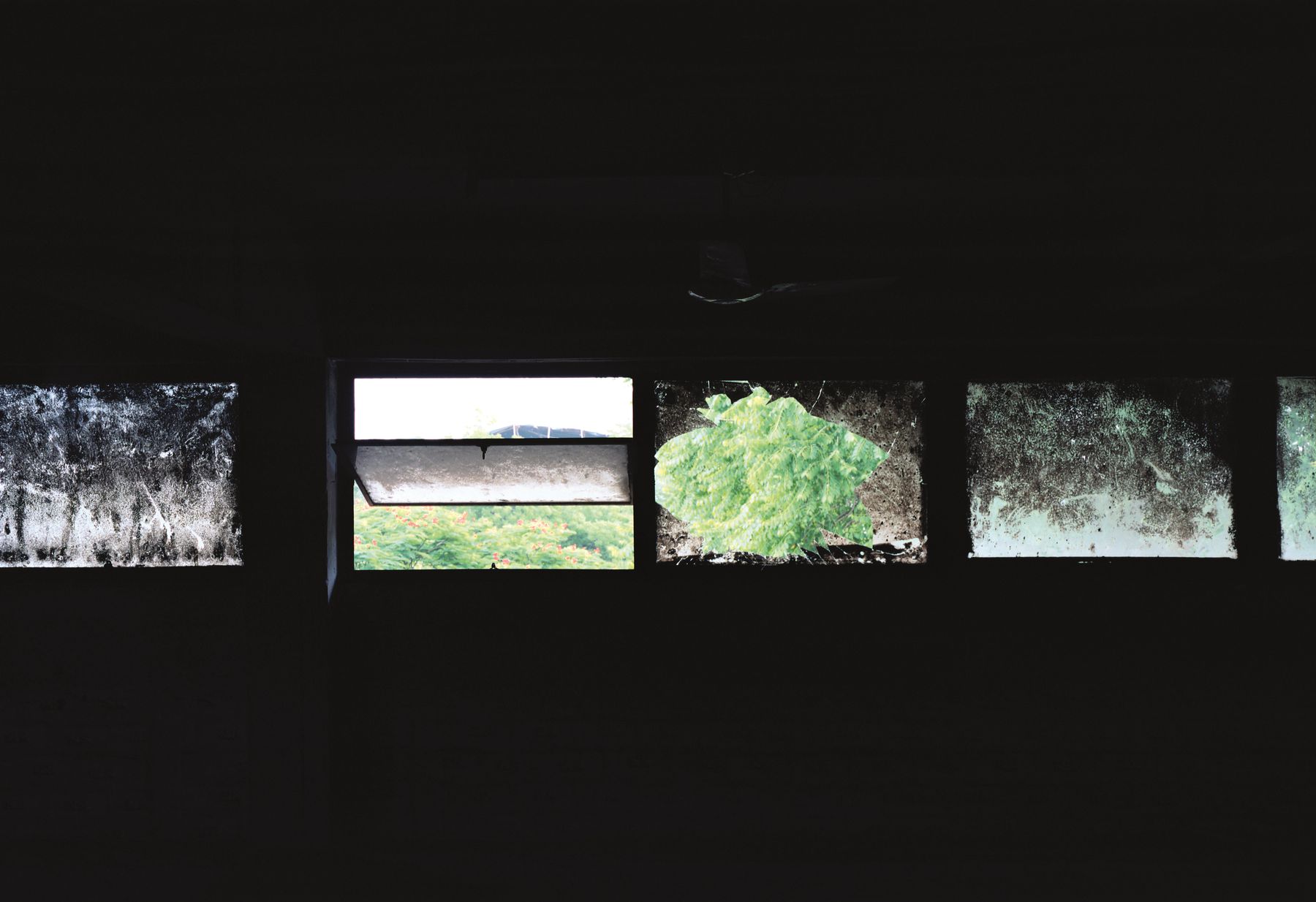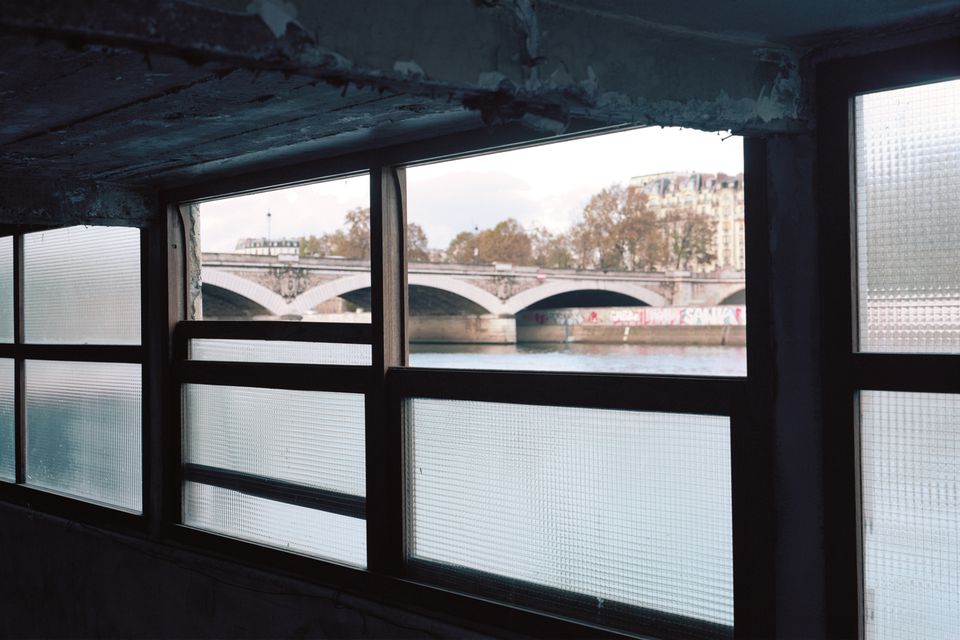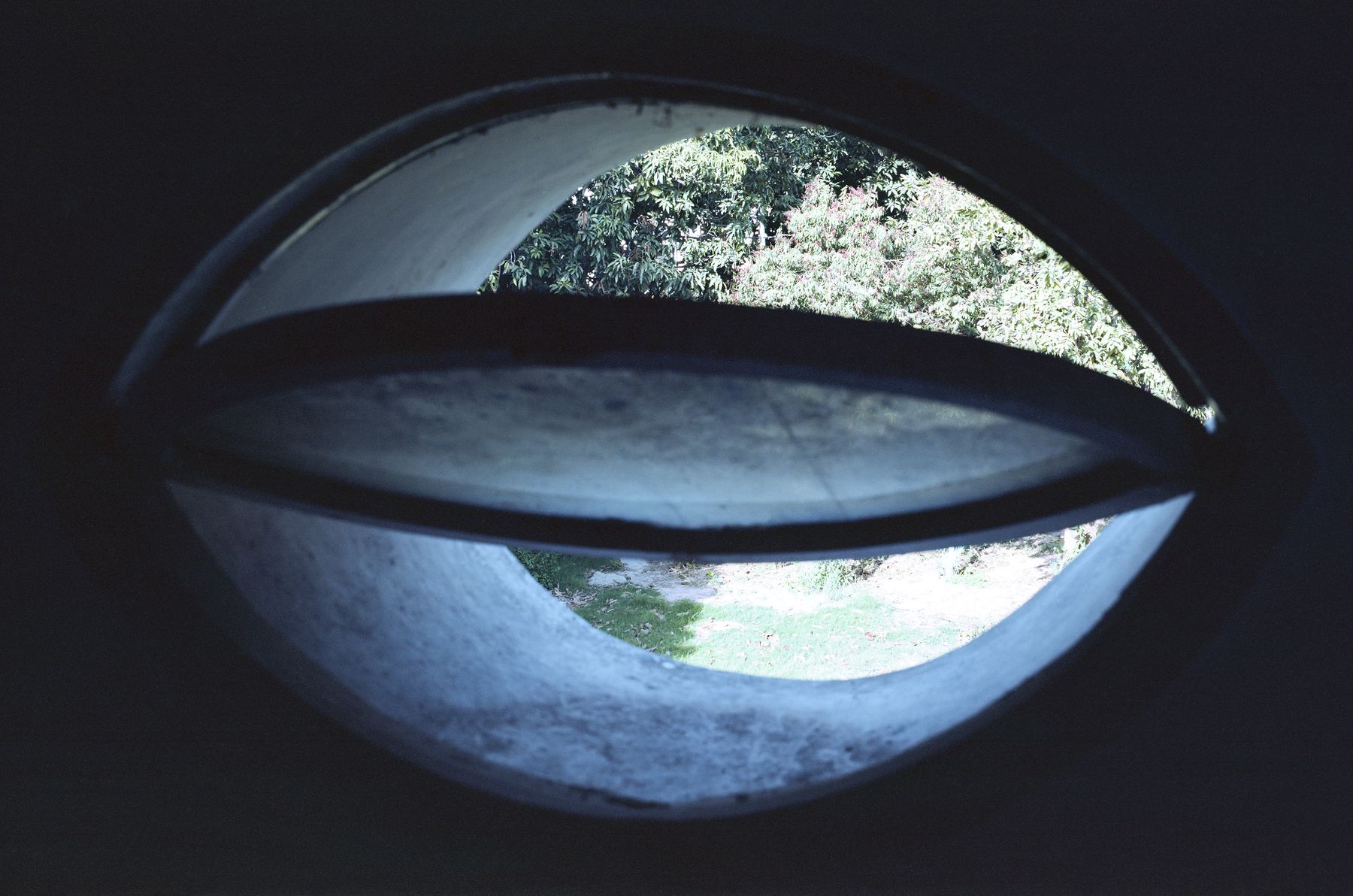Why are photographers so fascinated by windows?
Takashi Homma photographs Le Corbusier windows
- CCA
- This book includes photographs that you took in Chandigarh in 2013 as part of a CCA commission, but it seems you had an interest in Le Corbusier’s work long before that.





- TH
- In the middle of the 1990s I became interested in architecture photography and photographed buildings by Kazuyo Sejima and Rem Koolhaas that attracted me because of their transparency and lightness. In fact I had studied architecture and had a basic interest in modernism, including the work of Le Corbusier. When I visited his mother’s house in 2002 I found out that each room was quite small. And I found that very interesting, especially with my Japanese gaze that is used to small rooms. It was a very intimate feeling. After that, I started photographing Le Corbusier’s work whenever I had a chance.
- CCA
- In this book you focus on the idea of the aperture, of the relationship between inside and outside. Looking through this element is a very particular way of approaching very different buildings of very different scales.





- TH
- Even though I knew there already were many books on Le Corbusier’s work, I had an interest in photographing it, so the question was what to do. I had been photographing architecture masterpieces for a long time, and I was always curious about how architects conceived the views of landscapes from within their buildings. Ever since I’d begun photographing, I concentrated on the idea of the frame, of the window—which is simultaneously an architectural and a photographic issue. And the support I received from the Window Research Institute for this project was a perfect opportunity to concentrate on the photography of windows.
- CCA
- In 2013 you went to Chandigarh on a CCA commission to photograph the work of Pierre Jeanneret and Le Corbusier. Did that trip change your perception of his work? Did you experience it differently than you had experienced his work in Europe?





- TH
- It’s an incredible experience to visit Chandigarh. At first, I didn’t recognize any particular differences between Le Corbusier’s buildings there and the ones I had seen in Europe. But recently, some Japanese architects, and particularly Toyo Ito, have been paying new attention to Le Corbusier’s work in India. I’m also more and more interested and considering making a new book that will look only at those buildings and the environment in which they live.
- CCA
- Did you reference other photographers when you did this work?
- TH
- Many great photographers have focused on windows. Photographers always think about frames, and it’s always been a very important question in the history of photography. There are many ways photographers look at windows: from inside, from outside, sometimes by placing objects near the window, sometimes with people… Why are photographers so fascinated by windows? That’s a big question for me, and it’s good for my work and for my own research to continue photographing windows.
- CCA
- When you flip through the book you pass from one project to the next always with the perspective of the view. Even though the buildings are different, they are in different locations and are of different sizes, there is a clear continuity through the work of Le Corbusier, which is perhaps not as noticeable when you look at each individual building as a whole. It seems you have found a thread that connects all these buildings. How is your process of work? How do you select what to photograph when you enter a house?
- TH
- I was also surprised to see the continuity when I made a dummy of the book—which is something I always do to check the sequence, the size of the images, how they are framed… In the early part of my career, I would walk around the building before deciding where I would take a photograph. But now I believe in my intuition and in my unmediated sight. When I go to a building I don’t think about the concept or the history behind it, but instead, try to forget everything. So when I go in I photograph quickly, following the things I see.
Takashi Homma spoke with the CCA in Japan about his work on Le Corbusier windows, featured in our publication Looking Through: Le Corbusier Windows and our upcoming exhibition.
